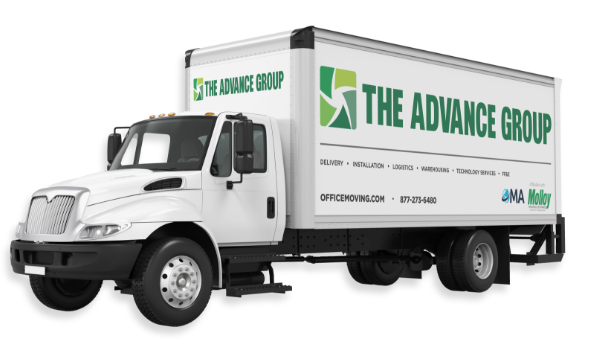Plan for the Unexpected: Contingency Planning for Office Move

Office relocations are intricate processes that involve numerous components, both tangible and intangible. Even with a detailed schedule and an experienced team, unexpected issues can derail progress if there’s no backup strategy in place. That’s where a solid contingency plan comes in. By anticipating potential disruptions and preparing for them ahead of time, you can reduce downtime, protect assets, and keep your business on track.
Here’s how to create a practical and effective contingency plan for your upcoming office move.
Start by Identifying Potential Risks
Before you can build a plan, you need to know what might go wrong. Conduct a risk assessment to identify where problems could occur. Consider both internal and external threats—delays from contractors, IT issues, damaged equipment, or last-minute lease complications. Don’t overlook weather disruptions, supply chain delays, or security concerns during the move.
Create a list of these risks, organized by category (e.g., technology, staffing, logistics, facilities). Assign each a likelihood score (low, medium, high) and evaluate the possible impact on your timeline or operations. This framework will help you prioritize the scenarios that require proactive solutions.
Build a Communication Tree
When something unexpected happens during a move, time is critical. A clear communication structure ensures that the right people are informed promptly and can take the necessary action.
Identify a core relocation team and clarify their roles, including project lead, IT coordinator, facilities manager, and vendor liaison. Then, build a contact list with all key personnel, including emergency contact numbers, and establish a communication chain for various types of incidents. Define who is responsible for internal updates and who manages communication with clients, service providers, or building management.
For larger teams, utilize project management tools or platforms like Slack, Microsoft Teams, or Trello to coordinate updates in real time.
Secure Essential Operations and IT Infrastructure
Few things can disrupt business more than loss of connectivity or data. Make your IT systems a priority in your contingency plan. Create a backup schedule for all business-critical data before the move and ensure cloud storage is up to date.
Work with your IT department or provider to plan for a fallback system in case of internet outages, network failures, or equipment damage. Consider temporarily duplicating key servers or setting up a backup workspace where staff can access necessary systems if the move is delayed.
Ensure technical vendors are on standby in case on-site troubleshooting is needed at either the old or new location.
Establish Flexibility in Your Schedule
Even well-executed moves hit snags. Build buffer time into your relocation schedule to accommodate delays without derailing operations. For example, avoid scheduling major client presentations or product launches in the days immediately following the move.
If your move spans multiple days or departments, stagger relocation dates to reduce disruption. Keep essential departments functional throughout the process by planning their move during off-peak hours or on weekends.
Have Backup Vendors on Call
Reliable vendors are essential to a smooth move—but things can go wrong. Your contingency plan should include vetted backups for IT specialists and even temporary office space. Keep contact details, service options, and pricing information readily available.
Also consider securing a short-term lease at a coworking space or flexible office provider, just in case delays prevent full access to your new space. These options can serve as a bridge in cases where occupancy or permit issues arise.
Review Insurance Coverage
Before the move begins, confirm that your insurance policies cover in-transit damage, business interruptions, and equipment loss. If needed, arrange for short-term coverage that includes temporary storage or third-party contractor errors. Proper insurance won’t prevent issues, but it provides essential protection if something does go wrong.
Stay in Control with Prepared Planning
The best office moves are built on more than logistics—they’re backed by foresight. A well-crafted contingency plan protects your timeline, your technology, and your team. By identifying risks, preparing alternate paths, and ensuring smooth communication, you maintain control even when things shift.
If you’re preparing for a relocation and want expert support that plans for every scenario, we’re here to help. Let’s move forward—without surprises. Contact our team today for a free office move quote.








